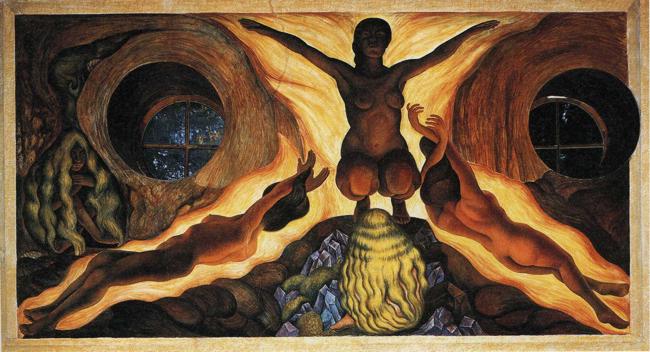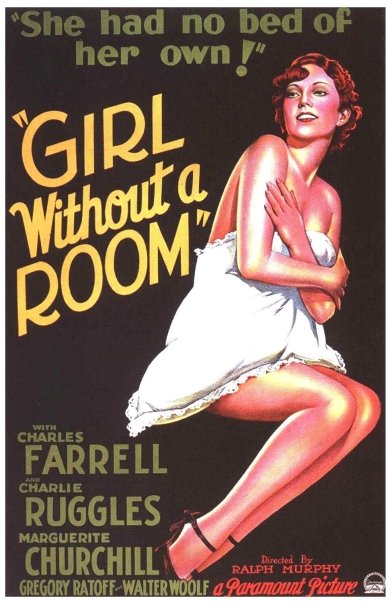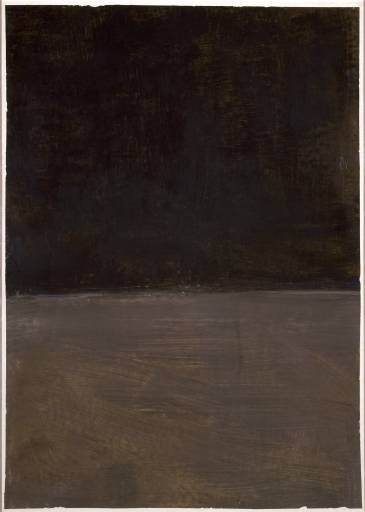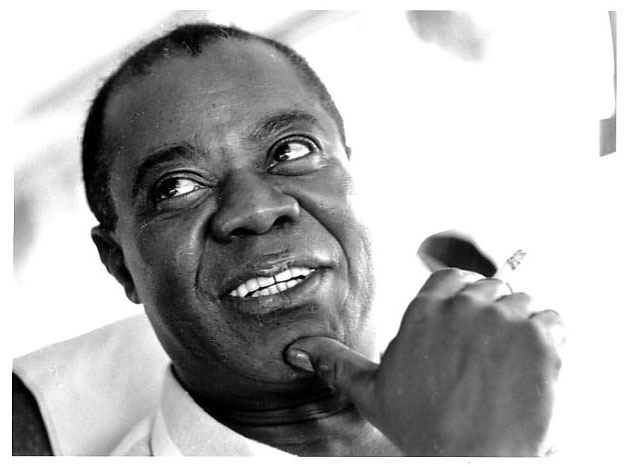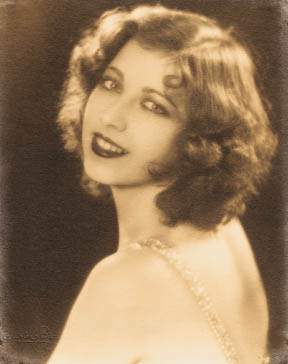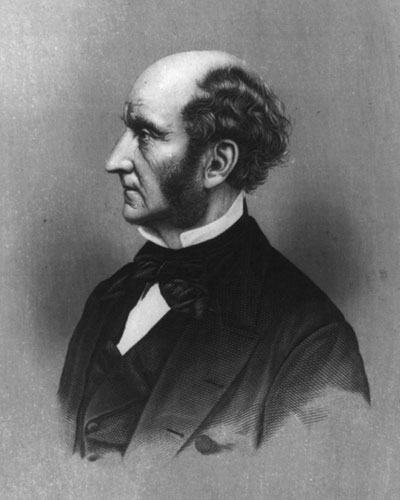Today, intrepid correspondent Coralie visited the Musée Grévin in Paris, a charming old 19th-Century establishment (founded in 1882) which features wax figures and other curiosities. She snapped the picture above of a Hemingway figure before heading off to the Brasserie Lipp, on the Boulevard St. Germain, to commune with Papa's spirit by having a meal he famously enjoyed there once (or twice) — filets de hareng pommes de terre a l'huile, suivi du cervelas rémoulade avec une bière blonde Lipp . . . which is to say, herring and potatoes in oil, followed by a dish consisting of a kind of German sausage with a celery root and Dijon mustard concoction on the side, all washed down with a blonde Lipp beer.
Hemingway told two stories about having this meal at Lipp. In one, he had just cashed the check for the first story he sold to an American magazine, and went off to celebrate by himself at Lipp. In the other, Sylvia Beach, who ran the famous bookstore Shakespeare & Co., said he was looking too thin and slipped him some money for a decent lunch. In both stories, he ate cervelas rémoulade at the venerable old brasserie.
It became, in any case, symbolic of his struggling years in Paris, about which he once wrote, “If you are lucky enough to have lived in Paris as a young man, then wherever you go for the rest of your life, it stays with you, for Paris is a moveable feast.” Below, the first course of Hemingway's meal, as served to Coralie today:
I was not particularly young when I first went to Paris, nor struggling, but my memories of it follow me around all the same, and my friend Coralie has allowed me to inhabit them again vicariously but vividly, just as I once inhabited Hemingway's Paris vicariously and vividly by eating cervelas rémoulade one afternoon by myself at the Brasserie Lipp.

